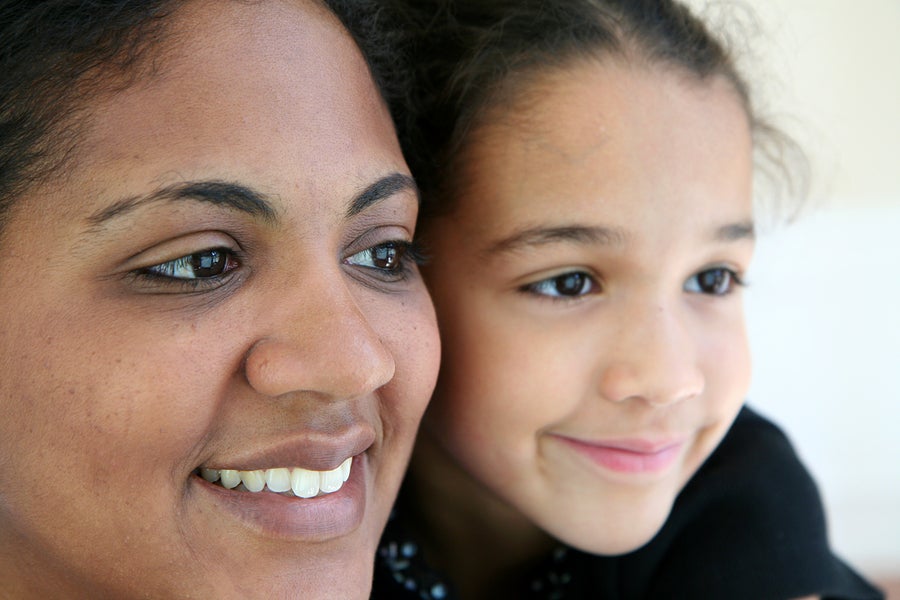In 2016, the percent of eligible, uninsured children enrolled in Medicaid and CHIP inched up from 93.1 percent to 93.7 percent, according to a new report in Health Affairs from researchers at the Urban Institute. The six-tenths of a percent increase between 2015 and 2016 follows two years of annual gains of greater than two percentage points from 88.7 percent in 2013 to 91 percent in 2014 to 93.1 percent in 2015. More concerning is that growth in participation rate of eligible, uninsured parents dropped significantly in 2016 after a 10.9 percent gain between 2013 and 2015. In 2016, overall parent participation rates rose only slightly from 78.5 percent in 2015 to 79.9 percent.
It is fair to note that as the uninsured rate falls, it is harder to reach remaining individuals eligible for coverage. But with the 2015 uninsured rate for parents at 11.8 percent, there is plenty of room for improvement so that is not what has stalled the growth in participation rates for parents in 2016. And it’s too early to be the result of the “chilling effect” on enrollment likely to result from efforts by the Trump administration, starting in 2017, to undermine the ACA, curtail consumer assistance, and make radical changes to Medicaid and immigration policy. So we’ll have to wait to see possible impacts from policy shifts until uninsured data from the American Community Survey for 2017 is released early this fall.
Why is the participation rate of children and parents in Medicaid and CHIP an important indicator?
It’s well documented that over time as many as three-quarters of uninsured children were eligible but not enrolled in Medicaid or CHIP. Starting in 2008, researchers at the Urban Institute began to calculate the participation rate of children in Medicaid and CHIP by comparing the estimated number of uninsured children who were eligible in Medicaid/CHIP to enrollment. Participation rate data provides an opportunity to identify the need for outreach and other activities to streamline enrollment and advance coverage for uninsured, eligible family members.
Parent participation has lagged considerably behind child participation. In 2013, parent participation was only 67.6% percent while children’s participation was considerably higher at 88.7 percent. However, states that adopted the Medicaid adult expansion show higher growth rates in participation of both children and parents than non-expansion states, illustrating that covering parents results in gains in children’s coverage as well.
Do higher participation rates correlate to lower uninsurance rates?
While results may vary from state to state, generally speaking, if more eligible uninsured individuals are enrolled, it will increase the participation rate and decrease the uninsured rate. As the participation rate in Medicaid and CHIP in the U.S. for children has steadily increased from 81.7 percent in 2008 to 93.7 percent in 2016, the uninsured rate for children has declined from 8.4 percent in 2008 to 4.5 percent in 2016 based on CCF analysis of data from the annual American Community Survey.
Was there variation in the participation rates from state to state?
Participation rates for children ranged from a low of 80.7% in Alaska to a high of 98.4% in both Massachusetts and Vermont. Thirty states (including DC) have participation rates equal to or above the national average of 93.7%. All of these states, with the exception of New Mexico, also have uninsured rates equal to or lower than the national average of 4.5%.
In the 21 states with lower participation rates than the national average, 16 states have higher uninsured rates than the national average, including Alaska with a 10% uninsured rate followed by Texas with a 9.2% uninsured rate.
Although the overall parent participation rate was 79.9%, it varies widely between states that expanded Medicaid compared to those that have not. The average participation rate for parents in expansion states was 85.4% compared to 64.1% in non-expansion states. This means that more than one-third of low-income eligible parents who do not have other insurance coverage in the 19 states that have not expanded Medicaid. In those states, the median income eligibility is 61% of the federal poverty level or $11,913 per year for a family of three.
Our friends at the Urban Institute are also putting out a companion piece later this month that takes a deeper dive on changes in rates of uninsurance and participation. The more in depth paper will include uninsurance rates for all states and estimates of eligible uninsured kids and parents for selected states.
Author’s Note: This blog was updated using revised parent participation numbers for prior years due to a change in methodology by the researchers at the Urban Institute.


